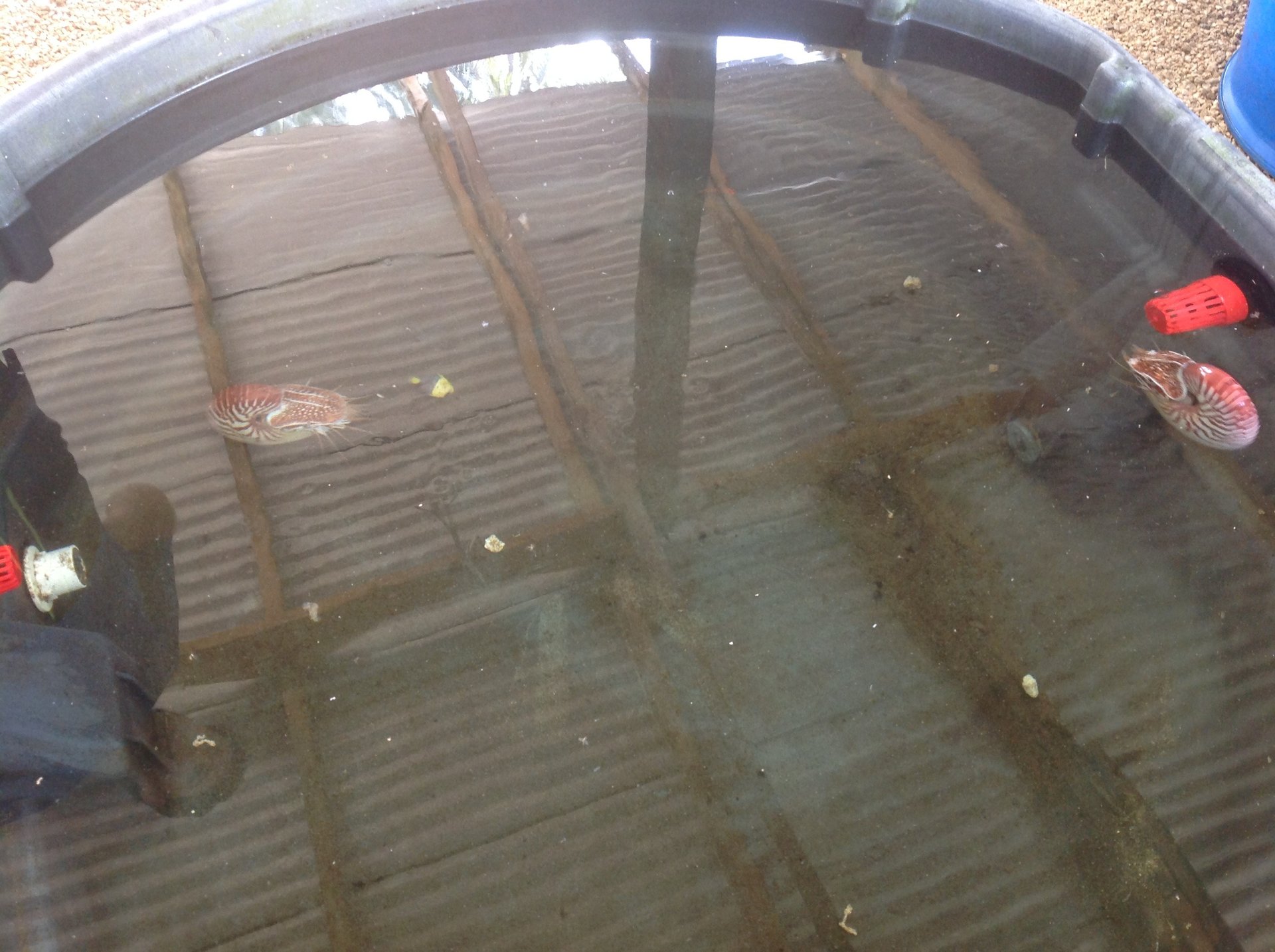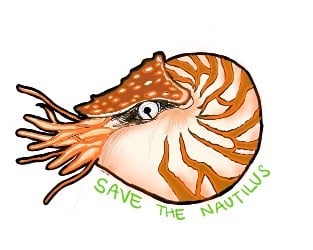
Nautiloid conservation
Among the oldest living lineages in the ocean, nautiloids have survived over 500 million years of Earth's history—outlasting mass extinctions, continental shifts, and dramatic climate upheavals. Today, however, these ancient animals face a new and accelerated threat: human exploitation. In recent decades, populations of Nautilus and Allonautilus have been declining due to targeted fishing, driven largely by the global trade in ornamental shells. Unlike many marine animals, nautiloids reproduce slowly, live for decades, and lay relatively few eggs. This makes them particularly vulnerable to overharvesting—where even modest extraction can have lasting population impacts.
Through stable isotope work, I’ve examined their trophic roles and habitat use across the Pacific, providing data that can inform management and protection strategies. My research contributes to broader efforts by colleagues and collaborators who are mapping nautiloid populations, studying reproduction, and advocating for international protections.
In 2017, Nautilus species were granted protection under CITES Appendix II, a crucial step toward regulating trade. But enforcement, monitoring, and education remain uneven—especially in the very regions where nautiloids still persist. Effective conservation will require not just policy, but storytelling: helping communities, researchers, and decision-makers understand what’s at stake when we lose such an ancient and ecologically unique creature.
There is still so much we don’t know about these animals—how they navigate, what triggers reproduction, how resilient they are to change. And yet, time is running out. If we hope to preserve nautiloids not just as relics of the past, but as living parts of the ocean’s future, now is the moment to act. I’m always open to collaborations that bridge research and conservation, and to working with anyone invested in protecting the deep time woven into these living fossils.

